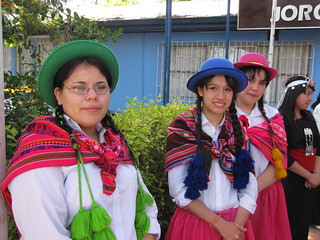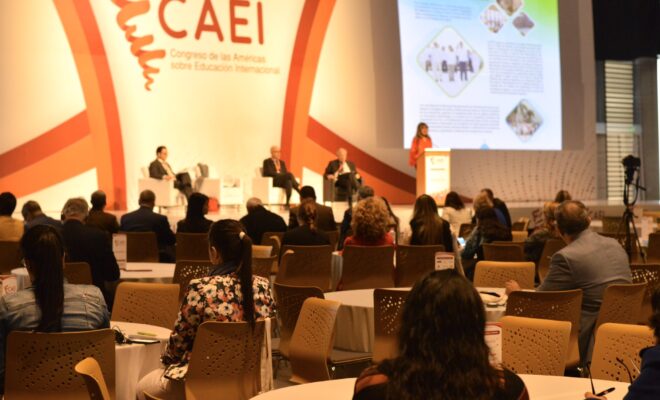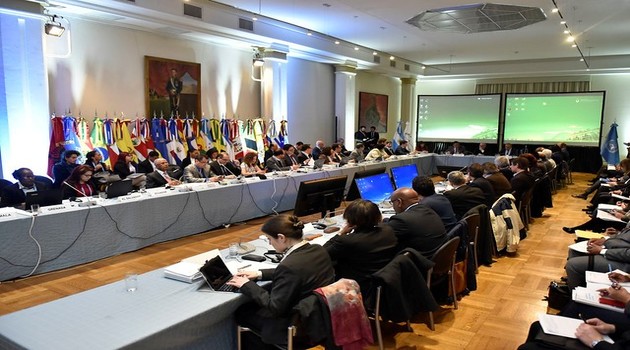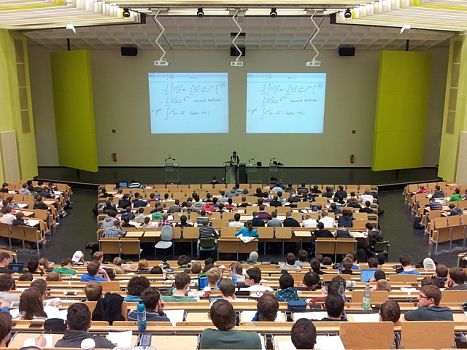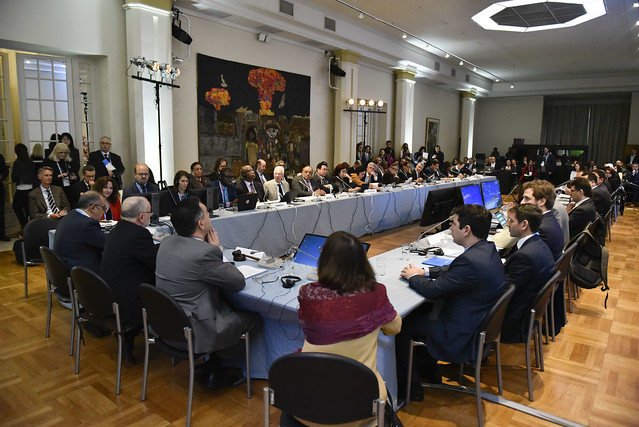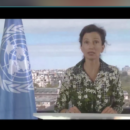According to Times Higher Education, the best universities in Latin America and the Caribbean are in Chile, Brazil and Mexico

The Times Higher Education (THE), an English company dedicated to processing data on higher education in the world, recently published the Latin America University Rankings, a list that includes the region’s best 150 universities belonging to 12 different countries.
As indicated on its website, the classification was made based on 13 indicators, among which are excellence in teaching; the quotations used, to demonstrate the institutions’ influence; research (volume, results and reputation); the international perspective (local and international staff, national and international students, research through international collaboration); and knowledge transfer.
Each one of these indicators has its respective subcategories. The company THE, initially linked to The Times of London journal, places the best Latin American universities in the following order of classification: the Pontificia Universidad Católica de Chile (Pontifical Catholic University of Chile),in the first place; the Universidade de São Paulo (University of São Paulo), in second place; the Universidade de Campinas (University of Campinas), in third place; the Pontificia Universidade Católica de Rio de Janeiro (Pontifical Catholic University of Rio de Janeiro), in the fourth; and, finally, the Instituto Tecnológico y de Estudios Superiores de Monterrey de México (Monterrey Institute of Technology and Higher Education in Mexico), in the fifth.
According to the study, Brazil and Chile are the countries with the highest number of classified universities in all of Latin America; from the first country, 52 universities were included in the table, compared to 43 in 2018; and the second one has 30 universities, four more than last year. Argentina has only one classified institution, the Universidad Austral, in the 27th place, while Cuba and Puerto Rico debut this year in the ranking. Mexico lowered its representativeness compared to 2018, from 22 to 21 classified universities.
UNESCO in face of the rankings
The UNESCO World Conference on Higher Education (Paris, 2009) recognized the need for more transparent processes regarding the missions and actions of higher education institutions (HEI) and took on the challenge of developing evaluation processes that would foster a culture of quality within it. On that occasion, representatives of more than 70 public and private universities of 15 countries in the region unanimously supported an international agreement on the “need to encourage evaluation, transparency and accountability processes, as part of university social responsibility” (p. 4).
In the publication University Rankings and Accountability in Higher Education: Valid and Spurious Uses (UNESCO, 2011), presented at the UNESCO Global Forum of the same name in 2011, it is highlighted that, thanks to the emergence of the Academic Ranking of World Universities (Jiao Tong University, Shanghai, China, 2003) and the Times Higher Education World University Rankings (London, 2004), classifications gained importance in the academic world. In some cases, they have been criticized for their limitations, for example, when considering the weight that a lecturer’s influence can have on a student; the personal relationship between students as the only indicator of evaluation of quality in higher education (HE); the quantity and quality of the samples obtained; the omission of universities and institutions in the surveys; and the risk of homogenization of subsectors characterized by their diversity, among other considerations (p. 48). With respect to Latin America and the Caribbean, it states that “they do not consider the totality of roles and functions of their universities, and the social and cultural impact of HEIs in the region” (p. 139).
The publication also underlines the importance of UNESCO’s neutrality in this area and points out that its primary objective is the promotion of responsible development, transparent articulation, communication, dissemination and use of the university rankings based on the principle that these lists will continue to be part of the landscape of the 21st century higher education (HE). It therefore recommends the use of the categorizations as a complement to other reliable sources in the area of HE, such as the UNESCO Global Education Monitoring Report, among others.
At the regional level, in 2011, the UNESCO International Institute for Higher Education in Latin America and the Caribbean (UNESCO-IESALC) developed the report “The position of Latin America and the Caribbean on Rankings in Higher Education”, for its presentation at the UNESCO Global Forum 2011. The report values the rankings as a starting point for making informed decisions based on the knowledge of the education systems and of quantifiable results, but also considers them an “inevitable manifestation of the globalization and commercialization of higher education” as a response to the need to classify, organize and rank HEI in a space that seems to be increasingly configured as a market.
Other limitations of the rankings referred to in the IESALC report are, among others, the lack of clarity about the criteria for selection of HEIs; the limited amount of indicators for the assessment of their quality; the dissemination of institutional decisions due to public pressure and not to clear institutional projects; rankings developed by agents that do not belong to university communities; and the disregard for academic traditions, infrastructure, objectives, and institutional and social context.
Finally, in 2018, a subsequent publication of the IESALC, insisted on the previous considerations, criticizing the rankings because of their methodological limitations; their homogeneous evaluation of HEI; for ignoring their internal differences and because they can impose arbitrary indicators based mainly on the scientific performance or reputation of institutions, generating “a positive bias towards the most prestigious institutions, since the tendency is to reward comprehensive and research-intensive institutions” , (p. 36).
In short, the rankings have come to stay and, given this fact, institutions, quality agencies and political decision makers must strive to contextualize the results, avoiding to fall into superficiality, not allowing the rankings to be the ones to establish, direct or indirectly, the directions that quality improvement processes must undertake. At the same time, they must commit themselves to greater transparency of the results of higher education, developing a multiform perspective for measuring the quality of institutions, from which multiple rankings, with their different approaches, can only be considered as just another piece of an inevitably complex gear.
RELATED ITEMS


